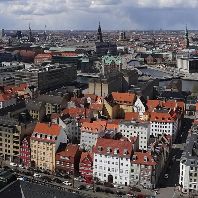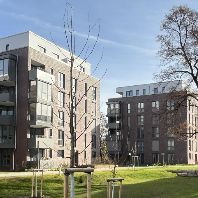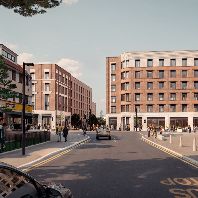Forty-four UK high street retail assets outside Central London were transacted for a combined £255m (€322.8m) in the Q1 2016, according to research by Cushman & Wakefield.
Although 10% down against the same period in 2015, the figures exceeded expectations and revealed any Brexit concerns were having a minimal impact at this stage.
Cushman & Wakefield acted on the largest transaction of the quarter (excluding Central London), the acquisition of 61-96c Queensmead, Farnborough, for £16.75m (€21.2m) reflecting a 7.70% net initial yield (NIY). Other notable deals include the acquisition of 7-19 Amhurst Road, Hackney, by TH Real Estate for £13.5m (€17.1m, 5.88% NIY) and the sale of 42-48 Market Street, Manchester, by Canada Life Investments for £13.23m (€16.7m), showing 4.14% NIY – a new benchmark yield for metropolitan centres.
Institutions were the largest purchasers in Q1 2016, accounting for £90.63m (€114.7m, 37%) of all acquisitions, followed by property companies, accounting for £65.56m (€83m, 27%) of acquisitions. On the seller side, property companies took the lead, disposing of £63.88m (€80.8m, 26%) of high street stock. Institutions came a close second, selling £57.37m (€72.6m, 23%).
Chris Lewis, head of high street investment at Cushman & Wakefield, said: “The UK high street investment market remains relatively buoyant. The EU referendum has perhaps slowed the market a little, but many investors are unfazed, seeing the current market as an opportunity to buy with limited competition, or to sell into a market scarce of stock. Consequently the vote is having far less impact than in other sectors with sales increasing as the quarter wore on – with the majority of larger transactions going through in March.
“We continue to observe an increase in foreign investment. It’s not just European money looking at regional UK assets but increasingly both Far and Middle Eastern investors dipping their toe outside the relative safety of Central London. Lured by attractive returns and a very real occupational growth story, many are willing to look for stronger returns in the likes of Edinburgh, Glasgow, Manchester, Liverpool and Birmingham.”
Secondary retail yields hardened by 25 bps in Q1 2016 to 7.75%. However, yields in all other high street sub-sectors remained stable, a positive sign in light of the current wider market climate.















